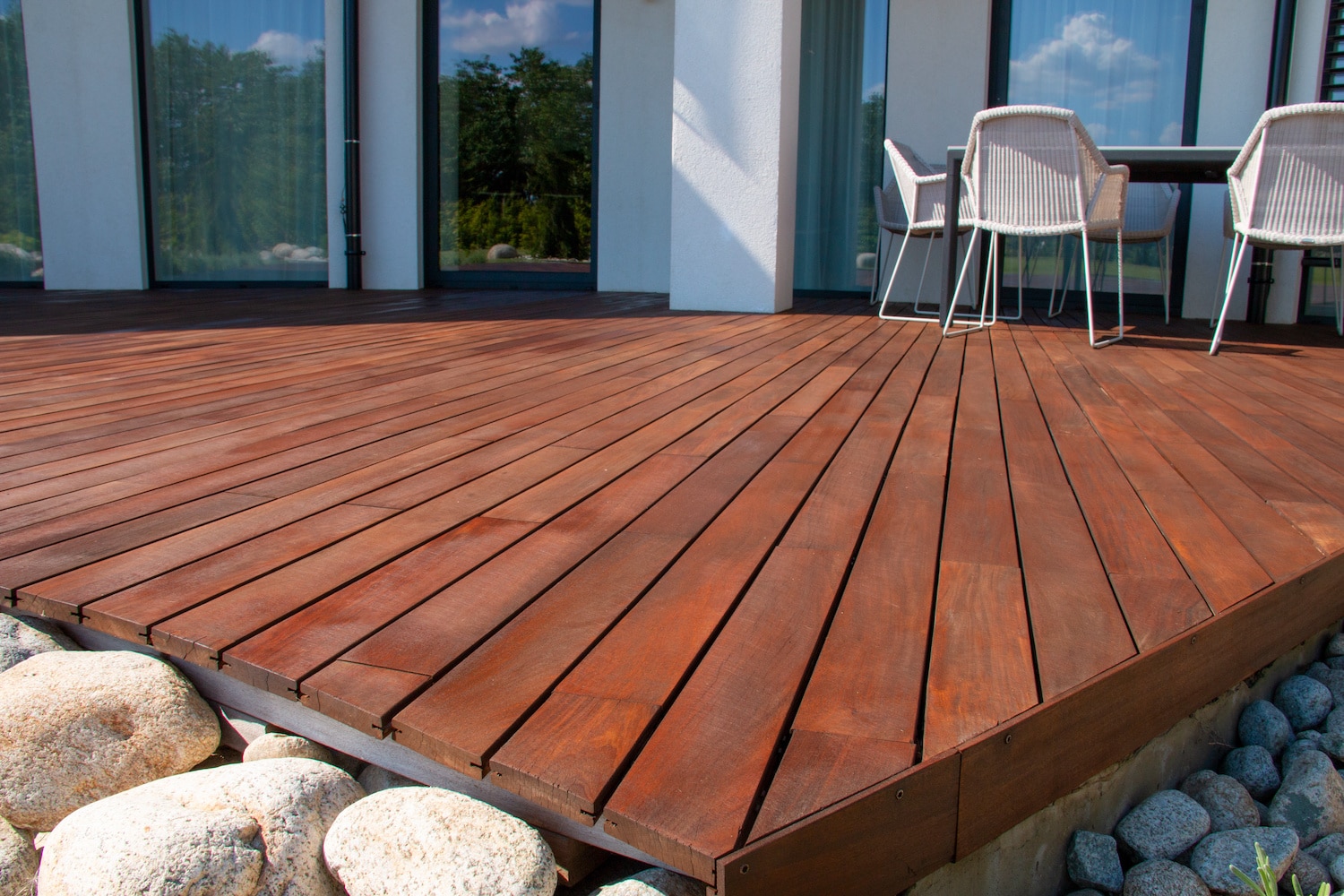
6 Deck Financing Options for Homeowners
Are you considering a new addition to your home that will add more space while also raising its value? A new deck is a great option. It’s one of the most popular home additions and creates more room for friends and family to gather on your property, while boosting curb appeal.
However, it’s not always a fast and affordable addition. Many families dream of having a new deck but worry about the strain the project will have on their finances.
That’s why deck financing is available to make this project more feasible. Just as you would seek out financing options to start a business or purchase a house, you can enjoy several deck financing options designed to make paying for this addition much easier.
Here’s how you can afford a new deck with these six strategies.
What Should Be Factored Into the Cost of a Deck?
Before we break down how you can afford a new deck, it’s important to understand why deck financing is essential. Most families that don’t choose deck financing are horrified down the road when costs add up that they didn’t consider.
First, you must consider tools and supplies. Your standard needs for tools will include:
- Hand saws
- Chalk lines
- Tape measures
- Carpenter’s levelers
- Power drills
- The right hardware
Decks can be made with a range of materials, from PVC materials and composite planks to traditional wood, which can affect the cost. However, labor will always be a factor. A carpenter may have the skills and knowledge to plan out their own deck, but most homeowners will need to hire a team of qualified builders to get the job done right.
Reliant on your taste and budget, a basic wood deck might start at $10,000 and go up to well beyond $100,000 depending on its scope and material.
Check out these six viable options for financing your deck and getting construction underway.
Different Ways to Pay for a Deck
1. Finance With Your Builder
Experienced deck builders often offer financing to customers, which is the most straightforward and popular option available. There are as many financing programs as there are builders, which means you should do some research to find the best one for you.
Though there are many options for builder financing, not all builders offer them, and some who do might have a surcharge attached to the other costs.
2. Home Equity Line of Credit
If you do not finance with your builder, there are plenty of other options, such as a home improvement loan.
It’s also known as Home Equity Line of Credit, HELOC for short, which is a loan by which you borrow against your property’s equity without paying off your original mortgage. You make monthly repayments of principal and interest on the line of credit provided by your lender.
Banks and credit unions offer these loans, which often do not require membership. We recommend reaching out to the team at Associates Home Loan to start a conversation about this deck financing option.
3. Personal Loan
A personal loan is an option used often by new homeowners who lack substantial equity, which renders HELOCs moot. Banks and credit unions offer them and have a repayment timeframe of 5-7 years.
This could mean that your monthly payment is higher than it would be with other financing methods, but if you possess a steady monthly cash flow and good credit, the interest rate will ultimately be lower over the course of time, and you can pay it off in less time than an equity loan.
This approach is commonly straightforward – your loaning institution checks for credit and income, which will grant you eligibility. The interest payments will often not be tax-deductible.
The best candidates for this method are people with superb credit combined with a good monthly cash flow, small home renovation projects, and new homeowners with little equity.
4. Credit Offered by Retailer
You can also use a line of credit to finance a deck. This can be worth it if you find a program whose reward programs are worth it to you, which could lead to high discounts. With this option, you must be sure that you can pay off the monthly balance, or you might face expensive interest payments.
5. Home Mortgage Refinance
This option uses your home as collateral for the loan, designed with large loan amounts in mind. Your refinance will be a large debt spread out over time, which means some important research and calculations on your part.
This option could make sense if interest rates have lowered since your purchase, giving you access to a financing method that will also lower your monthly mortgage payment.
6. Second Mortgage Refinancing
Also known as a home equity loan, this refinancing method shares similarities with a HELOC. In the case of a home equity loan, you receive a lump sum of money, rather than drawing funds as needed, as is the case with a line of credit.
If you do not wish to refinance your original mortgage and have a good mortgage interest rate, a second mortgage can be a viable option. It’s possible that the interest rate on this loan will be different and even higher than your first mortgage, but the payments can be deducted from your tax returns.
This will not be an option for new homeowners as you must have equity established. You may additionally need to have your home reappraised, making this method more involved than a HELOC or a personal loan.
Find the Best Fit for You
A new deck is one of the most popular home improvements for a reason. Nothing quite stacks up to the luxury of enjoying the fresh air in your own backyard. The benefits don’t end there, as your new addition will more often than not raise the value of your home should you ever choose to sell it.
If you’re not sure where to start, contact your nearest Decks & Docks dealer—we can provide all the tools and supplies needed for your deck project, and help formulate a plan so you know what to expect.
- About the Author
- Latest Posts
Alexis is truly a jack of all trades. She has worked for Decks and Docks for over five years where she served as an Assistant Manager before moving into Outside Sales. Alexis has also helped us open multiple stores along the Eastern Coast of Florida and has acted as Manager at a few locations throughout the years. When she’s not working at Decks and Docks, she’s volunteering at a local animal shelter.
